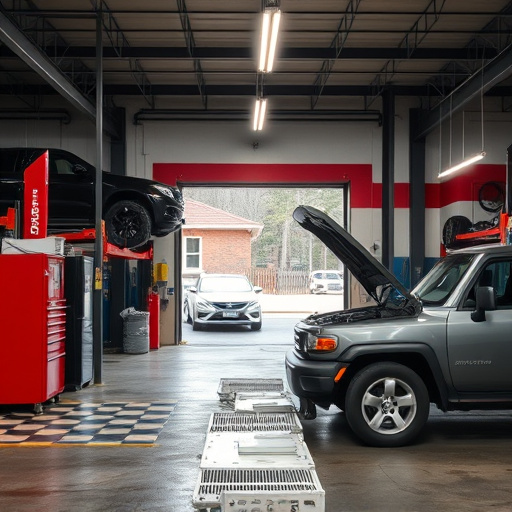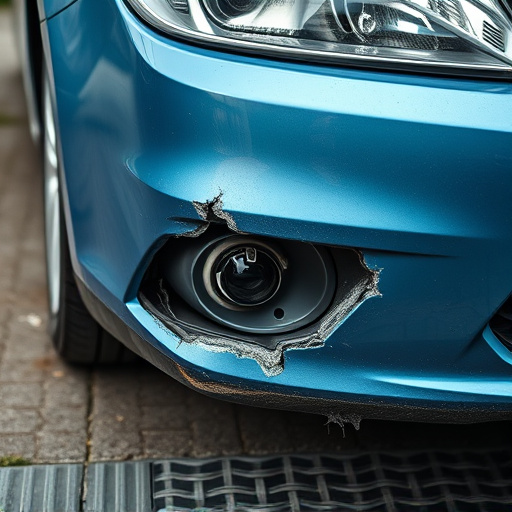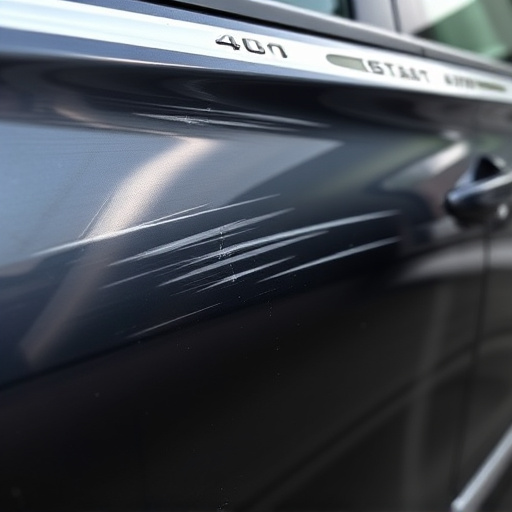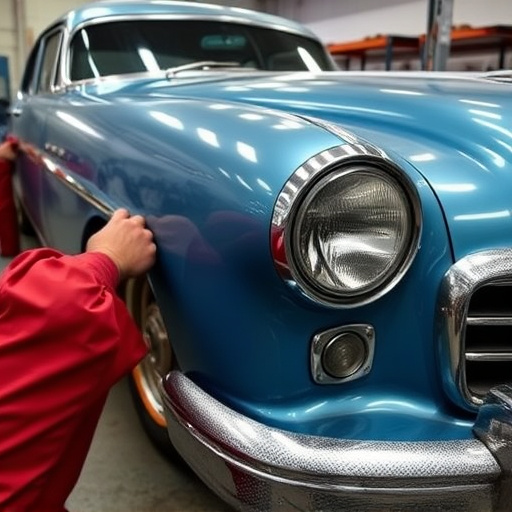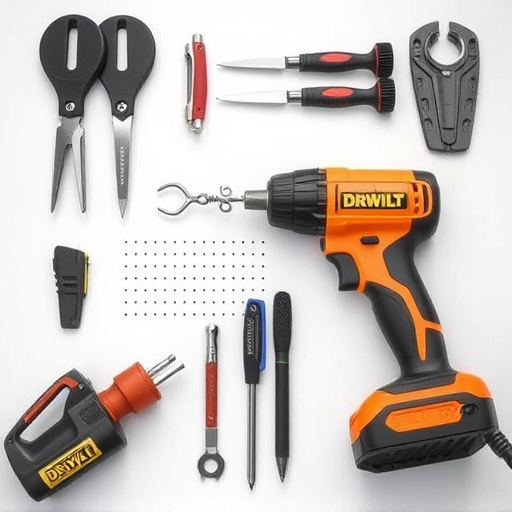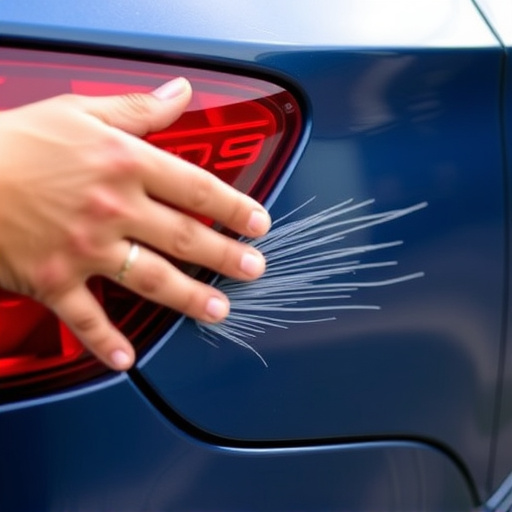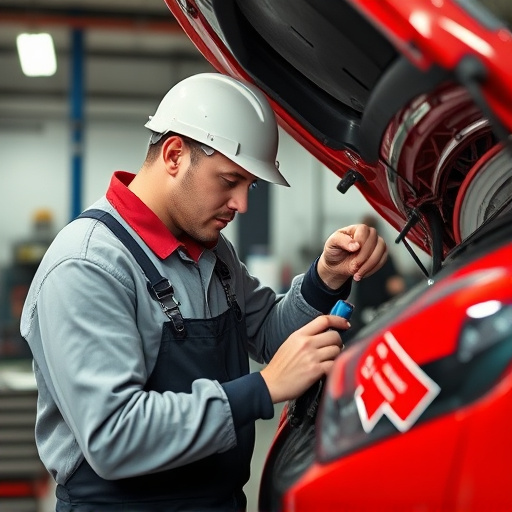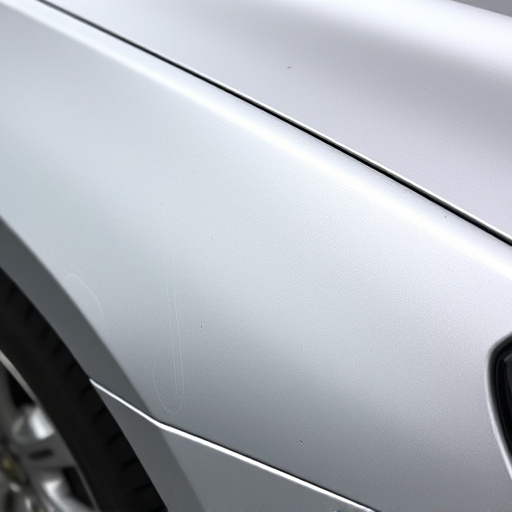Insurance recommended repairs (IRRs) are a critical connection between insurers, repair shops, and policyholders, ensuring quality and approved auto damage fixes. Building trust through transparent communication and professional relationships with adjusters is key for repair shops. Optimizing processes, workflows, and digital tools enhances IRR success, leading to faster turnaround times and superior aesthetic results in the competitive automotive services market.
“Unleash the power of insurance repair referrals to boost your business! This comprehensive guide offers 10 actionable tips tailored to professionals seeking to navigate this lucrative avenue. From grasping the fundamentals of insurance-recommended repairs to building unshakeable trust with clients and insurers, you’ll discover strategies for optimal process optimization. Enhance efficiency, deliver superior results, and elevate your reputation—all through effective engagement with this essential referral source.”
- Understanding Insurance Repair Referrals: The Basics
- Building Trust: Engaging with Clients and Insurers
- Optimizing Processes: Efficient Repairs for Better Results
Understanding Insurance Repair Referrals: The Basics
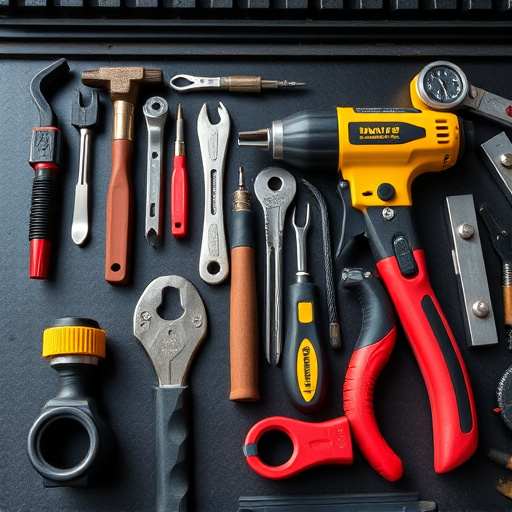
Insurance recommended repairs, also known as referral repairs, are a critical aspect of the auto industry, serving as a bridge between insurance companies, repair shops, and policyholders. When a car experiences damage, such as a fender bender or a collision, insurance companies play a pivotal role in facilitating the repair process by providing recommended repair facilities to their clients. These referrals ensure that policyholders receive quality service at approved centers, often with guaranteed work and parts.
Understanding this dynamic is essential for both insurance providers and repair shops, especially when dealing with high-end vehicles like Mercedes Benz repairs. For insurance companies, it’s about maintaining customer satisfaction and trust while controlling costs. For repair shops, it means having the expertise to handle various types of damage, from simple car dent removal to complex collision repair, all while adhering to industry standards and customer expectations.
Building Trust: Engaging with Clients and Insurers
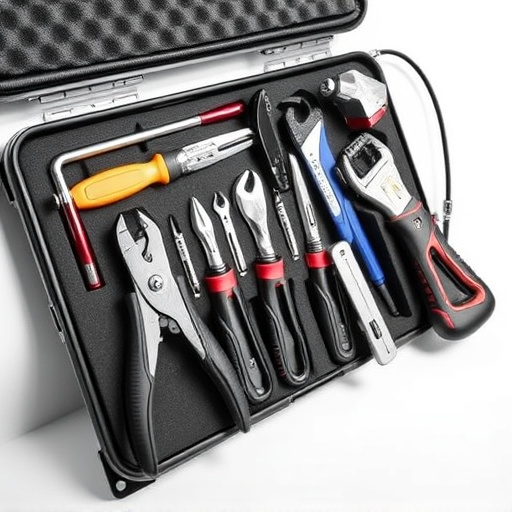
Building trust is paramount when working with insurance recommended repairs. To establish a solid foundation of confidence, auto body shops and collision repair centers must actively engage both clients and insurers. This involves clear communication channels, transparent pricing structures, and consistent updates throughout the repair process. By maintaining open lines of dialogue, shop owners can address client concerns promptly and dispel any misconceptions about the repair work.
Engaging with insurers is equally important. Shops should cultivate professional relationships with insurance adjusters, demonstrating expertise in car dent removal and other specialized services. Regular interactions allow for better understanding of policy details and specific requirements, ensuring smooth handling of claims. This collaborative approach not only streamlines the process but also fosters a reputation for reliable and high-quality auto body shop services.
Optimizing Processes: Efficient Repairs for Better Results

Optimizing processes is key when working with insurance recommended repairs. By streamlining workflows and utilizing efficient techniques, repair shops can achieve better outcomes while reducing turnaround times. This involves implementing systems that facilitate quick and accurate assessments, ensuring all necessary parts and materials are readily available, and training staff to follow standardized procedures. A well-organized process not only enhances productivity but also improves customer satisfaction by providing timely repairs for fender bender incidents and other common automotive damages.
Investing in technology and staying updated with industry trends can significantly benefit repair shops offering insurance recommended repair services. This includes adopting digital tools for estimating costs, managing inventory, and communicating with insurance providers. Furthermore, focusing on automotive restoration techniques ensures that not only are repairs functional but also aesthetic, leaving vehicles looking as good as new after a fender bender. Efficient processes and cutting-edge practices are essential differentiators in the competitive landscape of automotive repair services.
Insurance recommended repairs are a vital part of ensuring swift and quality service. By implementing these 10 tips, from building trust with clients and insurers to optimizing repair processes, you can navigate this complex landscape effectively. Remember, efficient and reliable insurance repair services not only foster strong client relationships but also contribute to a seamless claims process, ultimately enhancing your business’s reputation in the industry.





